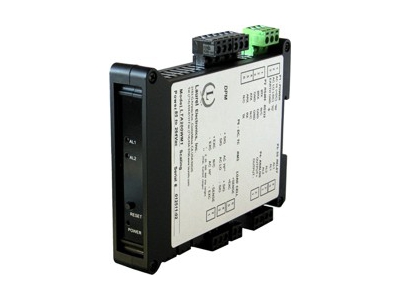The LT-RTD temperature transmitter is designed for precise and reliable temperature measurement using RTDs (Resistance Temperature Detectors). It supports 100Ω platinum (DIN or ANSI), 10Ω copper, and 120Ω nickel RTDs, offering exceptional flexibility for various applications. The user can select the temperature range (in °C or °F), from the full RTD span to as little as 15.0°, ensuring detailed monitoring for any setup.
All RTD ranges are factory-calibrated, with data stored in the device’s memory, allowing for field changes without recalibration. Its built-in excitation ensures stable operation, and its automatic lead resistance compensation (for 3- and 4-wire configurations) guarantees accurate readings even with long cables. The LT-RTD also provides an open sensor indication, which can signal either an upscale or downscale alarm.
With a fast read rate of up to 50 or 60 updates per second, the transmitter is suitable for real-time temperature monitoring and control. Its dual relays add functionality for alarms or ON/OFF temperature control, making it versatile for industrial environments.
RTD Connection Options
4-Wire Connection
In a 4-wire setup, two wires are used to apply excitation current, and two wires are used to sense the voltage drop across the RTD. This eliminates errors caused by the resistance of the wires, making it the most accurate option.
3-Wire Connection
The 3-wire setup compensates for the resistance of the lead wires by measuring the voltage drop across one of the excitation leads and subtracting it from the total. This ensures good accuracy, even if the lead wires experience temperature changes.
2-Wire Connection
The 2-wire setup measures the total resistance of the RTD and the lead wires. During setup, the resistance of the lead wires can be measured and automatically subtracted. However, this configuration does not compensate for temperature changes in the lead wires and is less accurate than 3- or 4-wire setups.

